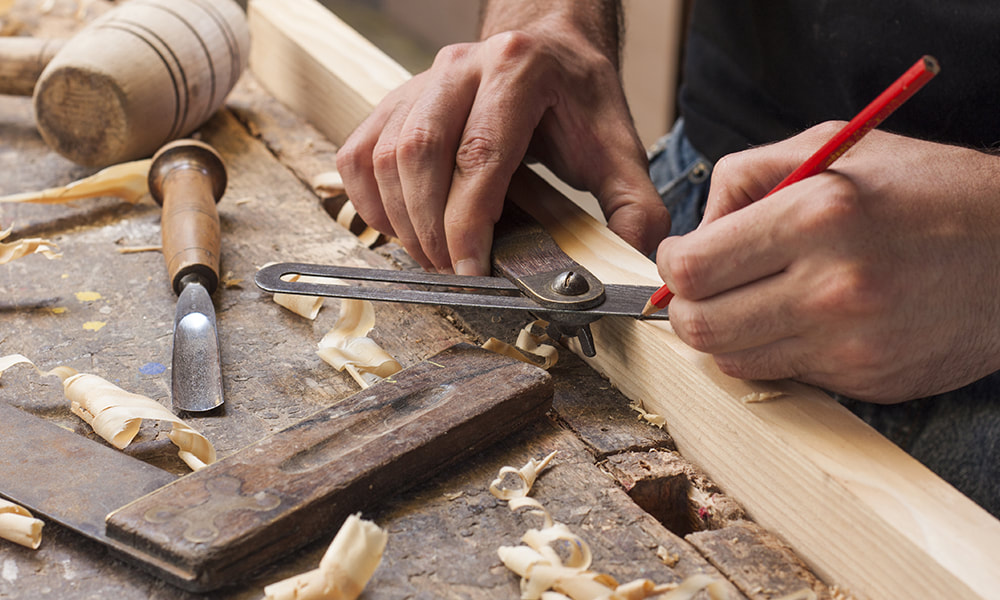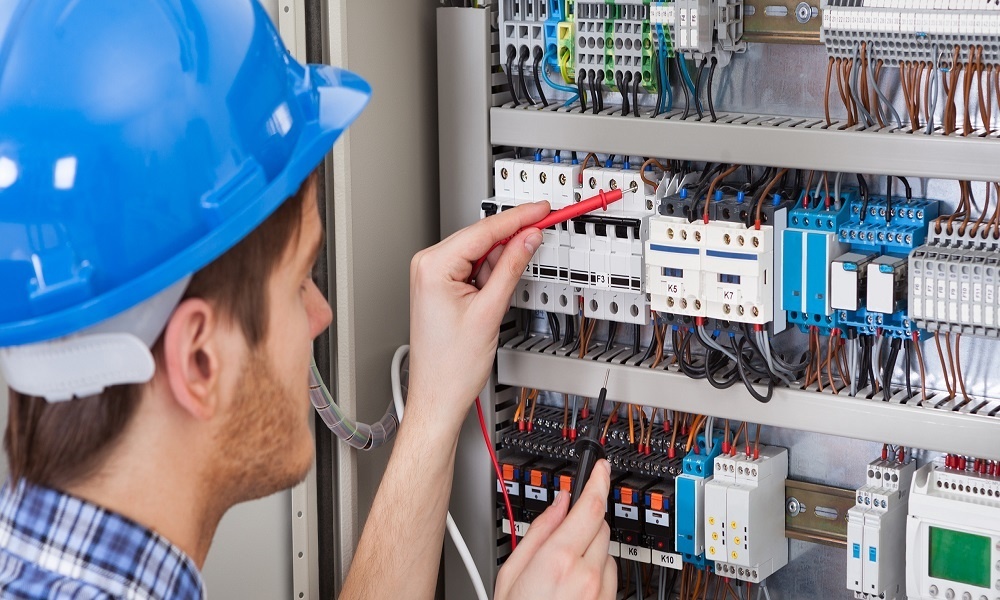
Plumbing – Level 1
Plumbing Modules:
Introduction to the Plumbing Profession (5 Hours, Module ID 02101-12)
Introduces trainees to career options in the plumbing profession. Provides a history of plumbing and also discusses the current technology, industries, and associations of the plumbing profession. Reviews human relations and safety skills.
Plumbing Safety (22.5 Hours, Module ID 02102-12)
Discusses the causes of accidents and their consequences including delays, increased expenses, injury, and loss of life. Reviews the types and proper use of personal protective equipment (PPE). Explains the use of critical safety information including HazCom, safety signs, signals, lockout/ tagout, and emergency response. Covers confined-space safety, and reviews safety issues related to hand and power tools.
Tools of the Plumbing Trade (10 Hours, Module ID 02103-12)
Describes the care and use of hand and power tools trainees will use on the job. Explains how to select the appropriate tools for different tasks, and reviews tool maintenance and safety issues.
Introduction to Plumbing Math (12.5 Hours, Module ID 02104-12)
Reviews basic math concepts, such as whole numbers, fractions, decimals, and squares, and demonstrates how they apply to on-the-job situations. Explains how to measure pipe using fitting tables and framing squares and how to calculate 45-degree offsets.
Introduction to Plumbing Drawings (17.5 Hours, Module ID 02105-12)
Introduces different types of plumbing drawings and discusses how to interpret and apply them when laying out and installing plumbing systems. Explains the symbols used in plumbing and mechanical drawings, and reviews isometric, oblique, orthographic, and schematic drawings. Requires trainees to render plumbing drawings and to recognize how code requirements apply to plumbing drawings.
Plastic Pipe and Fittings (12.5 Hours, Module ID 02106-12)
Introduces different types of plastic pipe and fittings used in plumbing applications, including ABS, PVC, CPVC, PE, PEX, and PB. Describes how to measure, cut, join, and support plastic pipe according to the manufacturer’s instructions and applicable codes. Discusses pressure testing of plastic pipe once installed.
Copper Tube and Fittings (12.5 Hours, Module ID 02107-12)
Discusses sizing, labeling, and applications of copper pipe and fittings, and reviews the types of valves that can be used on copper pipe systems. Explains proper methods for cutting, joining, and installing copper pipe. Addresses insulation, pressure testing, seismic codes, and handling and storage requirements.
Cast-Iron Pipe and Fittings (12.5 Hours, Module ID 02108-12)
Introduces hub-and-spigot and no-hub cast-iron pipe and fittings and their applications in DWV systems. Reviews material properties, storage and handling requirements, and fittings and valves. Covers joining methods, installation, and testing.
Carbon Steel Pipe and Fittings (12.5 Hours, Module ID 02109-12)
Discusses threading, labeling, and sizing of steel pipe and reviews the differences between domestic and imported pipe. Covers the proper techniques for measuring, cutting, threading, joining, and hanging steel pipe. Also reviews corrugated stainless-steel tubing.
Introduction to Plumbing Fixtures (7.5 Hours, Module ID 02110-12)
Discusses the proper applications of code-approved fixtures in plumbing installations. Reviews the different types of fixtures and the materials used in them. Covers storage, handling, and code requirements.
Introduction to Drain, Waste, and Vent (DWV) Systems (10 Hours, Module ID 02111-12)
Explains how DWV systems remove waste safely and effectively. Discusses how system components, such as pipe, drains, traps, and vents work. Reviews drain and vent sizing, grade, and waste treatment. Discusses how building sewers and sewer drains connect the DWV system to the public sewer system.
Introduction to Water Distribution Systems (10 Hours, Module ID 02112-12)
Identifies the major components of water distribution systems and describes their functions. Reviews water sources and treatment methods; and covers supply and distribution for the different types of systems that trainees will install on the job.











